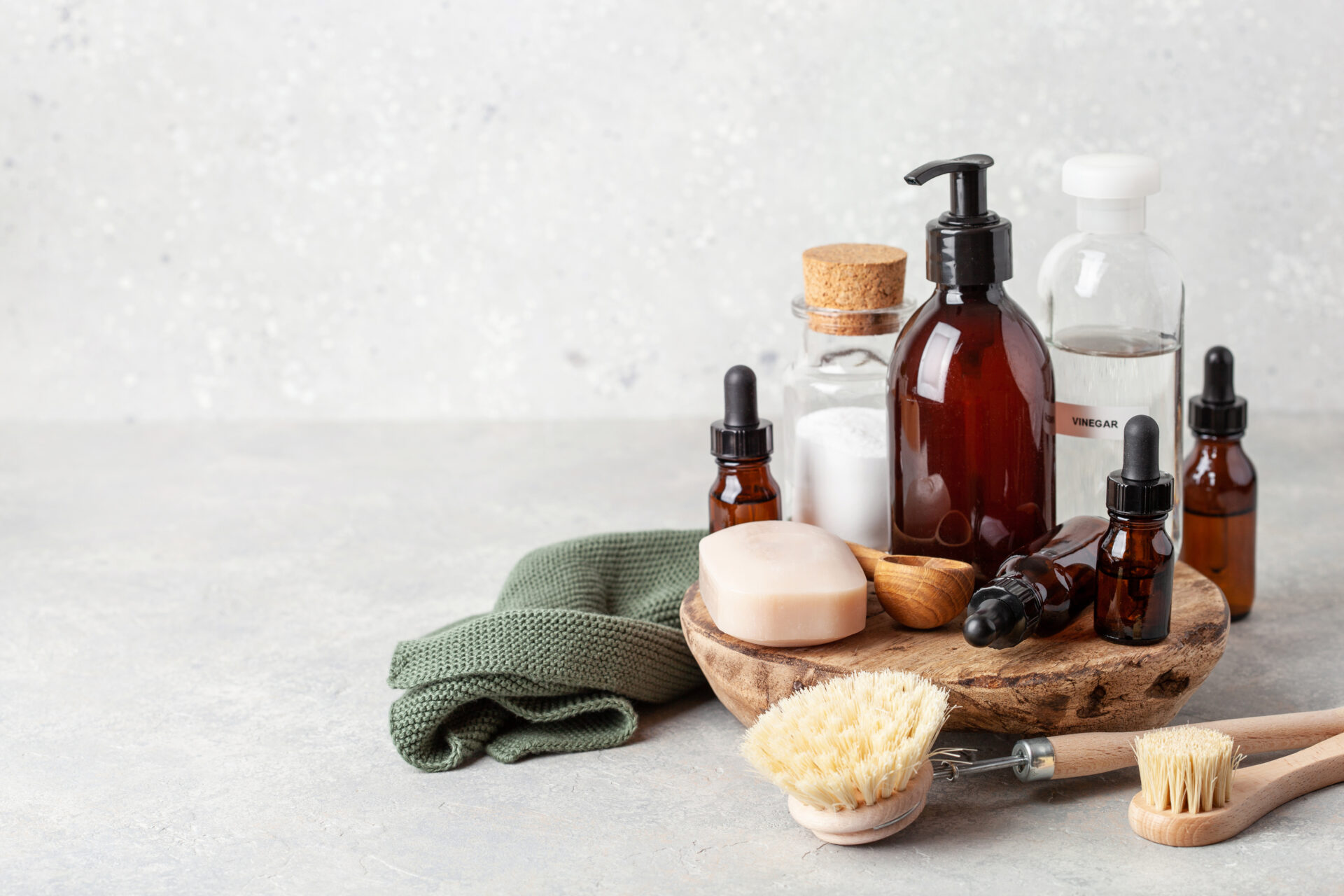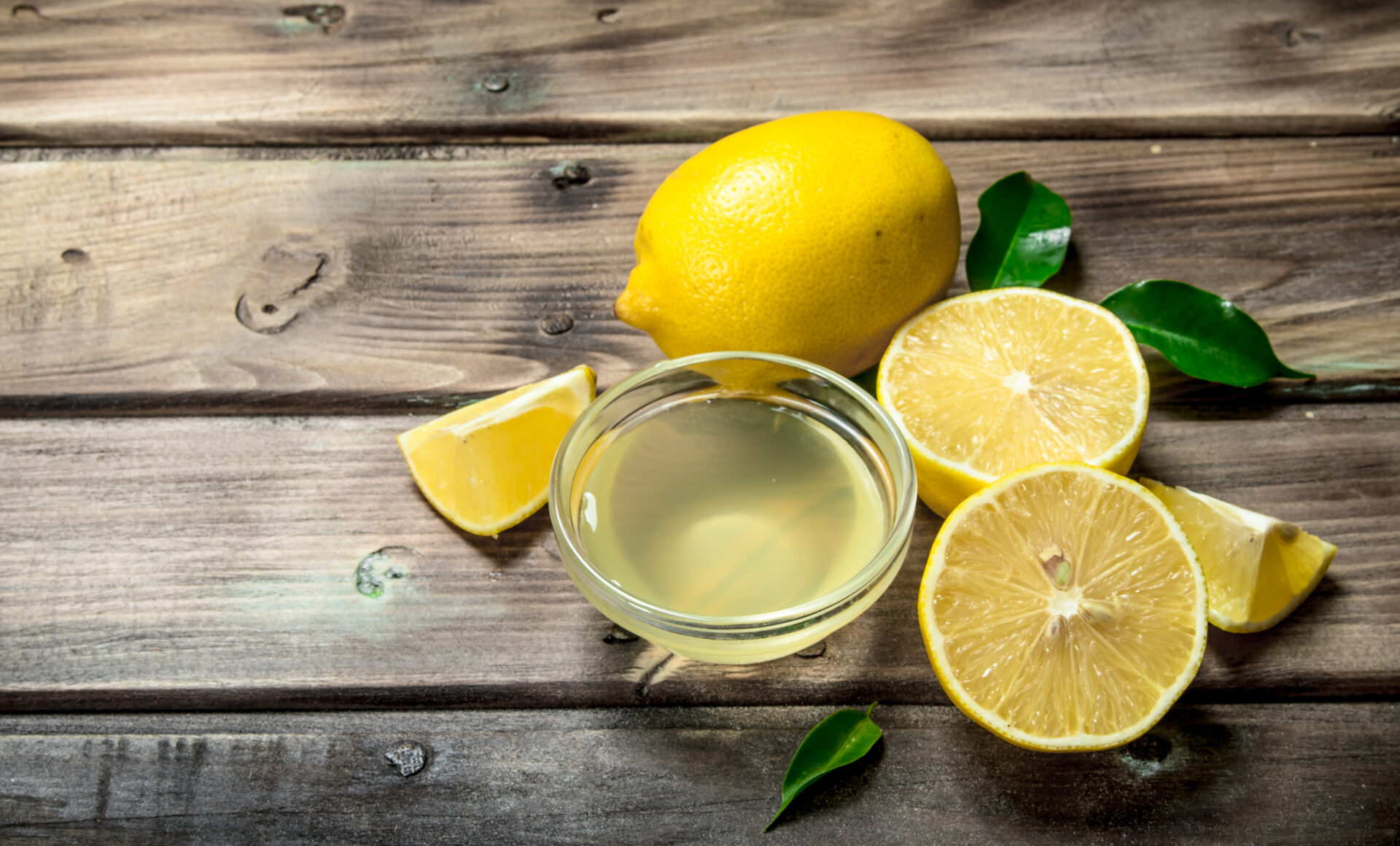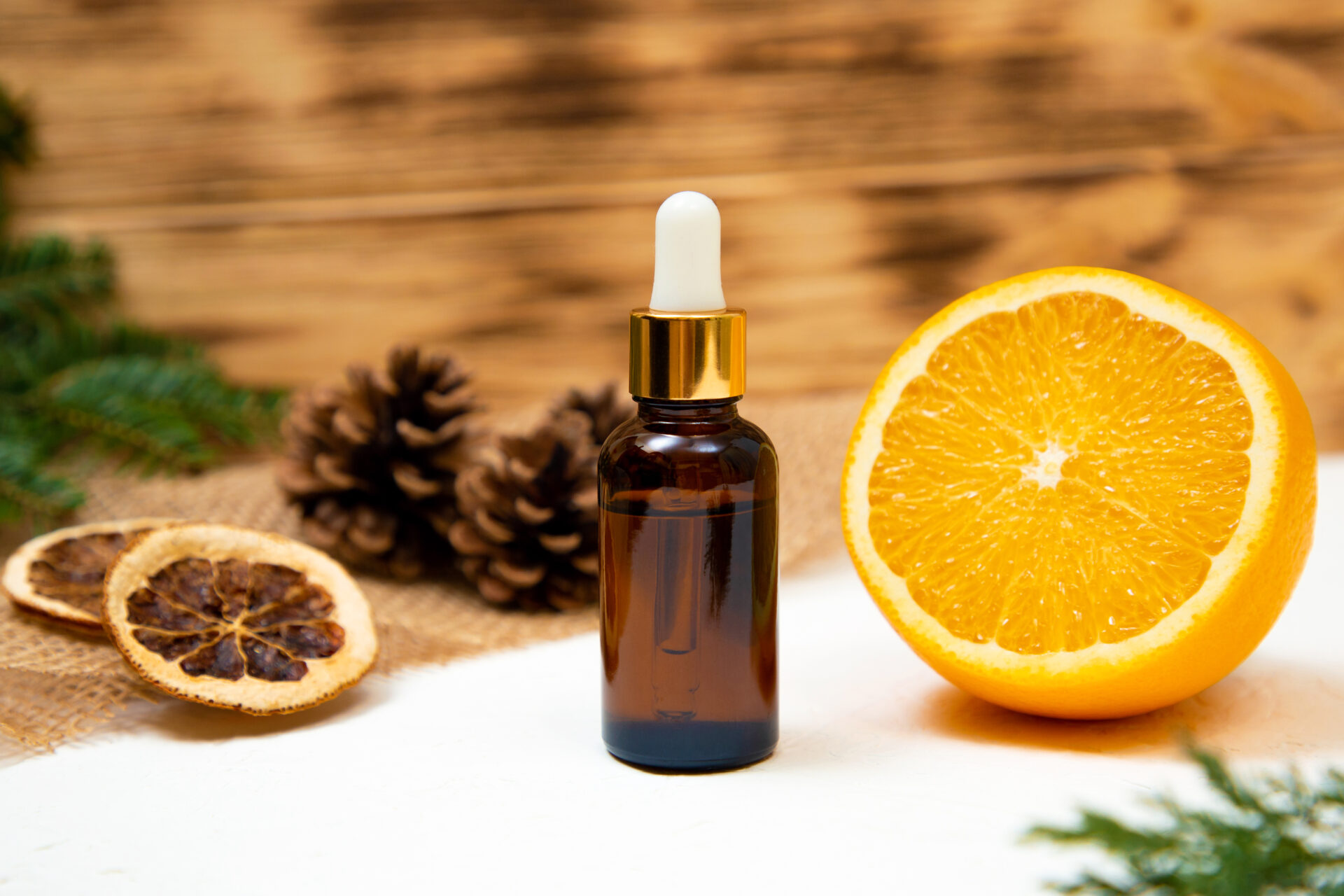Natural Dog Flea Treatments
Natural Dog Flea Treatments
Your dog is beginning to scratch and rub, and you’re not sure if that itchy feeling is just in your head. Whether you’re looking for preventative measures to repel nasty critters or solutions to an already-present infestation, check out these natural flea treatments so you and your dog can remain parasite-free.
Apple Cider Vinegar & Salt
Apple cider is fantastic for balancing pH levels and supporting your dog’s health, while creating an inhospitable environment for fleas to live and breed in. Make a blend with a 3:2 ratio of vinegar to water, and finish off with a teaspoon of sea salt. Use a spray bottom or cloth to apply the mix to your dog’s coat – make sure to steer clear of eyes, ears, and nose!

Natural Shampoos
Look locally or online for flea shampoos that don’t use synthetic chemicals. Check out products like Tropiclean’s Natural Flea & Tick Shampoo, that uses natural ingredients like clove, cedarwood, lemongrass, and cinnamon oils to leave behind a great sniff and a flea-free pup. Shampoos like the above are formulated to kill fleas on contact, as well as repel them for a period of time afterwards.
If Life Gives You Lemons…
As with vinegar, the acidic lemon juice will blast bad odours and naturally reduce flea populations. Quick and easy, we love the lemon comb. Simply squeeze some fresh lemon juice into a bowl and dip your dog’s comb in it. Comb as usual, hopefully you don’t mind the scent! For short haired dogs, a cloth dipped in lemon and wiped over their coat will do the trick as well.
A little more time-consuming but worth the energy is the lemon bath. Dilute lemon juice into water with a 1:4 ratio, and add a pop of your normal dog shampoo. Wash and rinse as usual, and consider double-shampooing if the lemon smell irritates you.

Horse Apples
Also referred to “osage orange”, this U.S. native fruit has been known to drive off fleas and parasites. Cut apples into halves and place around your house and yard for two months, as recommended. Ripe horse apples are believed to be more effective than green, but both will serve as flea barriers. Dry apples out in the sun to prevent rotting or unpleasant smells.
Essential Oil Spray
Do it yourself with a homemade essential oil mixture. You’ll need a spray bottle, essential oils, and water – that’s it! We like a couple drops of oils like eucalyptus, citronella, peppermint, and rosemary, diluted into 400ml of water. Some oils can be toxic to dogs, like tea tree (omitted from this list), but are safe in small quantities. Always consult your vet on the dilution required to render the oil harmless while still effective in treatment.
Flea Collar
Use the essential oil spray formula from the above tip and apply it directly to your dog’s collar! Use a dropper to carefully wet the sides, and have your pup wear it whenever out. Reapply the mix every week to assure it’s freshness and potency, so fleas know not to come close.

Flea Comb
No chemicals needed, just a little patience. Pick up a flea comb from your Local Pet Store, they’re typically cheap and easy to find. If you’re quite sure your dog is already carrying fleas, this fine-toothed comb is specially made to pull the parasites from your pup’s coat. Combine this practical method with other solutions on this list for a multi-faceted approach.
Oral Treatments
Treat fleas from the inside out! We recommend products like Only Natural Pet’s Barrier Bites, daily prevention tablets using brewer’s yeast and garlic that naturally repels fleas. These holistically formulated chews contain whole foods and are packed with vitamins, aiding in maintaining healthy skin, coat, and immune system, in addition to its flea barrier system.
A Ruff Time
Dealing with parasites like fleas is one of the most irritating aspects of pet ownership, especially when the symptoms can transfer to your and your family. It’s important to nip flea infestation in the bud, so prevention is as much part of the game as treatment. Stay attentive to your dog’s behaviour, so you can catch problems early before they become critical and expensive. Take a peek at Pep & Pup’s rundown on common Dog’s Health issues and what to do if you suspect they’ve come down with something.


Leave a comment